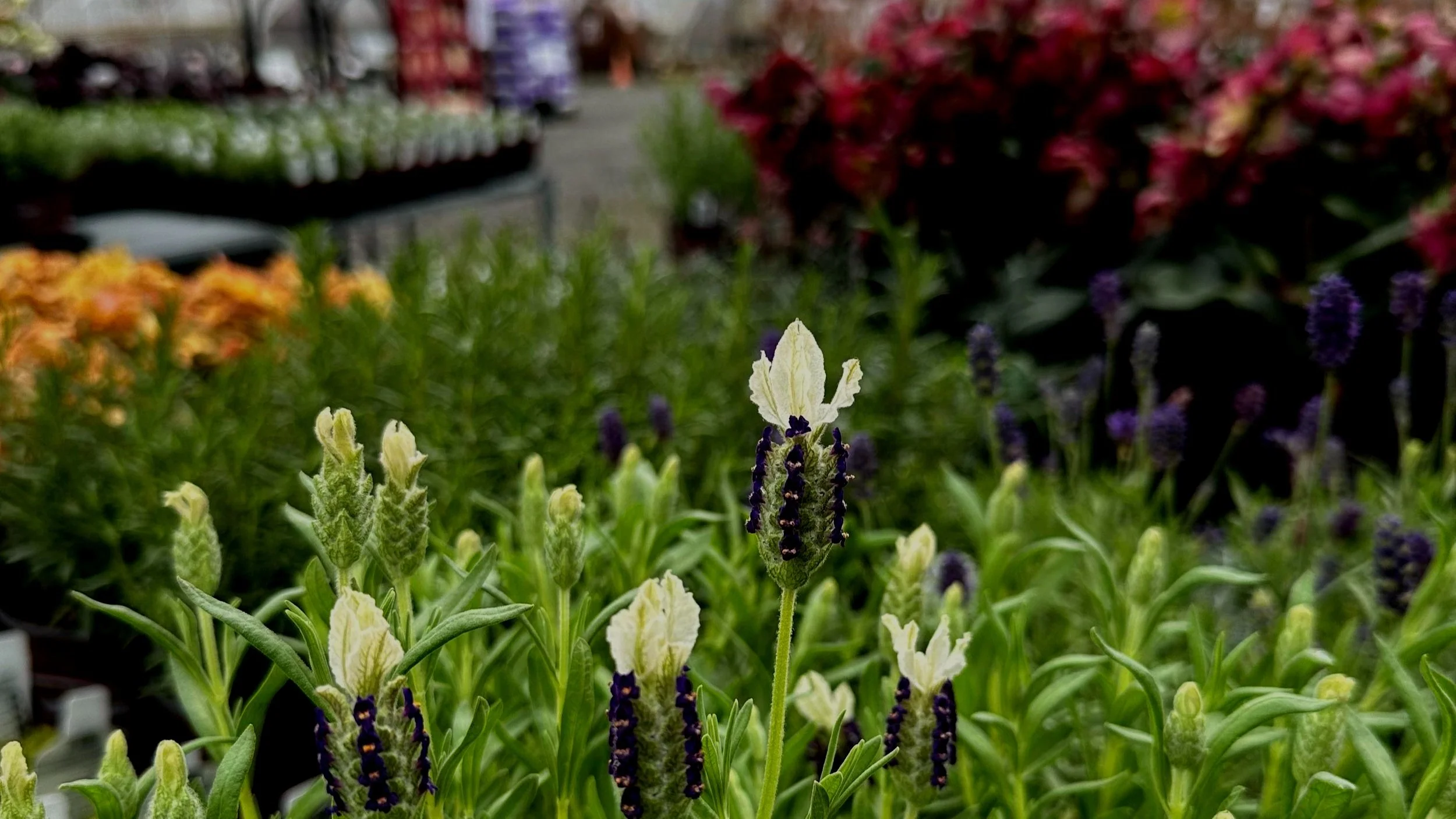Every year we have thousands of new words added to our English dictionary, many of them coming from the techno-geek world of video games and computer jargon. It isn’t often that the humble gardeners of the world get to make a contribution to our vocabulary, but that is exactly what has happened with the creation of the word “nativar”.
In my line of work plants are identified first by their genus and second by their species. Beyond that we break them down into varieties and often refer to them as “cultivars”, which simply means a cultivated variety. For us old-timers, Tam’s Juniper is a classic example of a cultivar of Juniperus sabina, a native to central Europe and Asia that grows in the higher elevations and reaches 4 to 5 feet tall and 10 to 12 feet wide. The “Tams” selection stays more compact and only reaches 2 to 3 feet tall. Think of it as a “sport” or “mutation” of the pure species and for our landscaping purposes, an improvement.
Lots of plants mutate all by themselves and create wonderful variations from the straight species. When a new variety is “discovered” a nursery professional will put it into production, give it a special name, patent it and eventually market it to the gardening public. This is where “cultivars” come from and how they end up in our gardens.
Recently Dr. Allan Armitage, horticulture professor at the University of Georgia came up with a new twist on this cultivar concept. He coined the new word “nativar” to describe a cultivar of a native plant. According to the Doc, nativars represent a good compromise for those gardeners who want to plant natives but also want to enjoy the benefits of an improved plant that may be more attractive and boast better disease resistance or growth habit. Here are two examples of northwest nativars.
Our native vine maple is a wonderful small tree that is very well adapted to our gardens and will grow in sun or shade with nice fall color. But if you are looking for a bit more pizazz, consider the nativar Pacific Fire. This variety was selected for its glowing and brilliant red twigs that fade to a softer orange-red on the older branches. It makes a great substitute for Coral Bark Japanese Maple, which can be hard to grow for us. Plum Passion is another selection that sports plum-red foliage but is otherwise just like the species. And for the connoisseur of exotic foliage, you will be smitten by “Sunglow”, famous for its bright apricot-hued spring foliage, creamy pale green summer leaves and intense red fall color.
Ninebark is a shrub that is native to both the east and west coast. It will grow in wet or dry soils, sun or part shade, has bright clusters of white flowers in the spring, good fall color and interesting peeling bark in the winter. There are several nativars that have dark purple foliage including Diablo and Little Devil (a dwarf form), Center Glow and Coppertina which have orange to purple foliage, Amber Jubilee which has glowing tones of orange, yellow and gold along with Dart’s Gold which has golden foliage. All are stunning accents to our gardens and well adapted to our northwest climate.
So remember, a nativar is nothing more than a cultivated mutation of a native plant selected for its superior performance and attractiveness in our gardens. Now you know.


